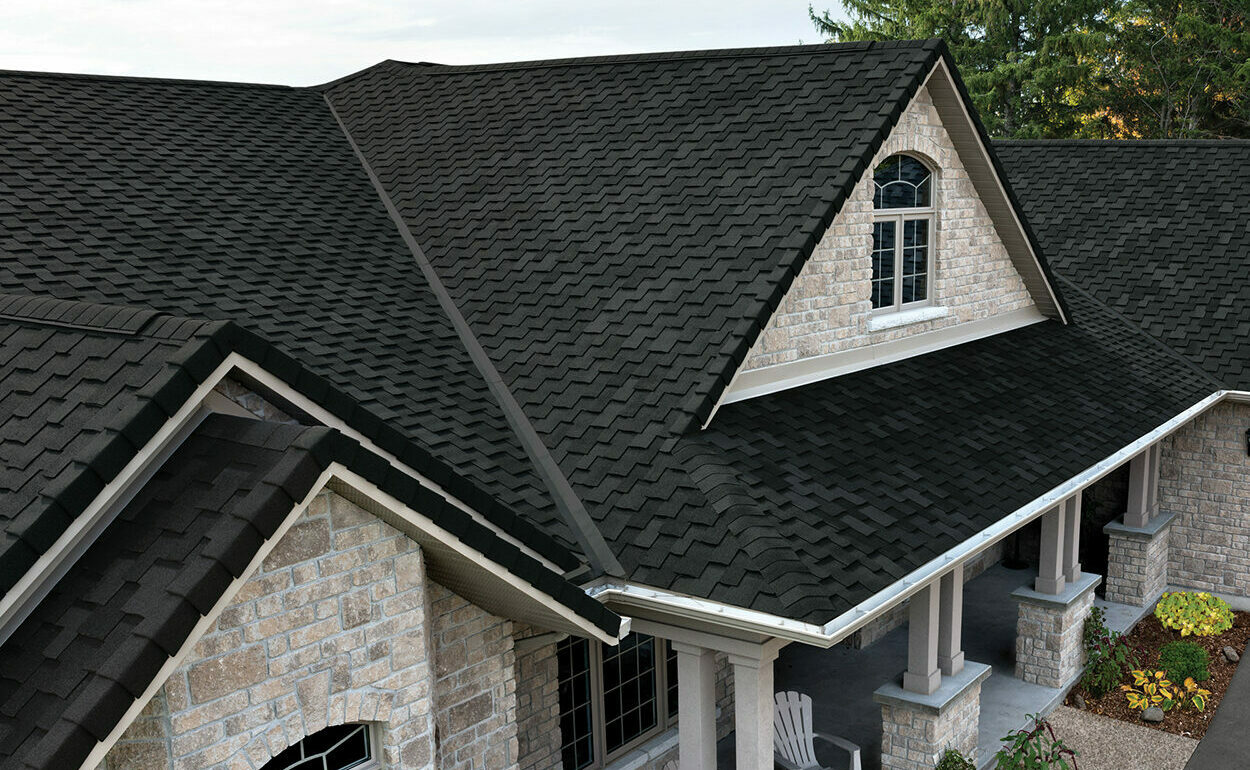When it comes to home renovations or repairs, particularly roofing projects, one of the crucial decisions you’ll need to make is what size dumpster to rent.
Choosing the right dumpster size can save you time, money, and hassle, ensuring that your roofing materials are disposed of efficiently.
In this guide, we’ll discuss the factors to consider when determining the right dumpster size for your roof, how to estimate your waste needs, and tips for renting a dumpster.
What size dumpster do I need for a roof?
For most roofing projects, a 20 to 30-yard dumpster is ideal, accommodating waste from shingle removal and other roofing materials efficiently.
Key Takeaways
- Know Your Roof Size: Calculate your roof area to estimate the volume of waste generated.
- Understand Dumpster Sizes: Familiarize yourself with common dumpster sizes (10, 20, 30, and 40 yards) and their applications.
- Consider Project Scope: The type of roofing material and the extent of your project will influence the dumpster size needed.
- Consult Professionals: Don’t hesitate to ask roofing contractors or dumpster rental companies for advice on the right size for your specific needs.
- Plan for Disposal: Be aware of weight limits and disposal regulations to avoid additional fees or complications.
Understanding Dumpster Sizes

Dumpsters come in various sizes, typically measured in cubic yards. Here are some common dumpster sizes you might encounter:
10 Yard Dumpsters:
Suitable for small projects, like a single-room renovation or minor landscaping.
20 Yard Dumpsters:
Ideal for medium-sized projects, including larger renovations, small home additions, or roofing jobs for small to average-sized homes.
You can get both 10 and 20-yard dumpsters with our service. As of now, we offer our dumpster rental in Lynbrook, Hempstead, and many other nearby spots including Oceanside.
30 Yard Dumpsters:
Best for major renovations, large home cleanouts, and substantial roofing projects. This size is often recommended for larger homes or more extensive roofing materials.
40 Yard Dumpsters:
Typically used for massive construction projects, commercial roofing jobs, or major cleanouts.
Understanding these sizes will help you gauge which one fits your project best.
Factors to Consider When Choosing a Dumpster Size
When deciding on the appropriate dumpster size for your roofing project, consider the following factors:
1. Roof Size and Type:

The size of your roof will heavily influence the amount of debris generated. A larger roof will naturally produce more waste.
The type of roofing material matters as well.
Asphalt shingles, for example, are lightweight and easy to dispose of, while heavier materials like tile or slate can generate more waste and require a larger dumpster.
2. Scope of the Project:
Are you doing a full roof replacement or just a repair? A complete replacement will yield more debris than a simple repair.
If you’re also tearing down any old decking or roofing structures, this will increase the amount of waste.
3. Weight Restrictions:
Dumpsters have weight limits, which can vary by company. For roofing materials, consider the weight of shingles, nails, and other debris.
Discuss the weight of your materials with the rental company to avoid additional fees for exceeding weight limits.
4. Duration of the Project:
The length of time you’ll need the dumpster can also affect your choice. Longer projects may generate more waste, requiring a larger dumpster.
If you expect to accumulate debris over several days, it may be more cost-effective to rent a larger dumpster upfront rather than needing to swap it out later.
If you are wondering about the rental cost I have discussed how much does it cost to rent a dumpster for a week to clear the doubts of many people.
5. Local Regulations:
Depending on your location, there may be regulations regarding dumpster placement and the size you can rent. Check with your local waste management authority for guidelines.
Estimating Your Waste Needs
Estimating the amount of waste your roofing project will produce can be challenging, but several methods can help:
1. Calculating Roof Area:

To estimate the amount of debris, first calculate the total area of your roof in square feet. Use the formula:
Roof Area=Length×Width
For example, if your roof measures 40 feet by 30 feet, the area is 1,200 square feet.
2. Estimating Waste Volume:
A good rule of thumb for roofing projects is that one square (100 square feet of roof area) of shingles weigh about 200 to 300 pounds. You can estimate the total weight based on your roof area.
For example, if your roof has an area of 1,200 square feet, you might have about 12 squares, leading to approximately 2,400 to 3,600 pounds of shingles alone.
This would likely require at least a 20-yard dumpster, depending on other materials.
3. Consulting Professionals:
If you’re unsure about estimating waste, consider consulting with roofing professionals or dumpster rental companies.
They can offer insights based on similar projects and help you choose the right size.
Tips for Renting a Dumpster for Your Roofing Project
Choose a Reputable Rental Company: Look for a dumpster rental company with positive reviews and a good reputation. Ask for recommendations from friends or contractors to ensure a reliable service.
Discuss Your Needs: Communicate your project’s specifics with the rental company. Provide details about the roof size, materials, and estimated debris volume. This will help them recommend the most suitable dumpster size.
Inquire About Pricing: Dumpster rental costs can vary significantly based on size, weight limits, and rental duration. Make sure to clarify pricing upfront to avoid hidden fees.
Plan for Delivery and Pickup: Schedule the delivery and pickup times according to your project timeline. Make sure there’s adequate space for the dumpster placement and that it complies with local regulations.
Be Mindful of Overloading: Avoid overloading the dumpster. Not only can this lead to additional fees, but it can also pose safety risks during transport.
Fill the dumpster evenly and adhere to the weight limit provided by the rental company.
Know What Can’t Be Disposed Of: Be aware of materials that cannot be placed in the dumpster, such as hazardous waste (e.g., chemicals, asbestos, batteries). Understanding these restrictions will ensure compliant disposal.
FAQs
1. What size dumpster is typically needed for a roof replacement project?
For most residential roof replacement projects, a 20 to 30-yard dumpster is usually ideal. This size accommodates the weight and volume of common roofing materials, like asphalt shingles, without exceeding weight limits.
2. How can I estimate the amount of debris for my roofing project?
To estimate debris, calculate your roof’s square footage by multiplying the length by the width. Each 100 square feet of shingles typically weighs around 200 to 300 pounds, helping determine the dumpster size needed.
3. Are there restrictions on what I can dispose of in a roofing dumpster?
Yes, certain materials like hazardous waste, asbestos, and chemicals are prohibited from roofing dumpsters. Always check with your rental company to ensure compliance with local waste disposal regulations.
Conclusion
Choosing the right dumpster size for your roofing project is an essential step in ensuring a smooth and efficient renovation process. By considering factors such as roof size, project scope, and local regulations, you can make an informed decision that meets your waste disposal needs.
Estimating the waste generated during your project may require some calculations, but resources are available to help you navigate this process.
With proper planning and consultation with a reputable dumpster rental company, you can streamline your roofing project and focus on what matters most—completing your home improvement successfully.
By selecting the appropriate dumpster size, you’ll not only make your project more manageable but also contribute to responsible waste disposal practices, helping to create a cleaner and more sustainable environment for everyone.


